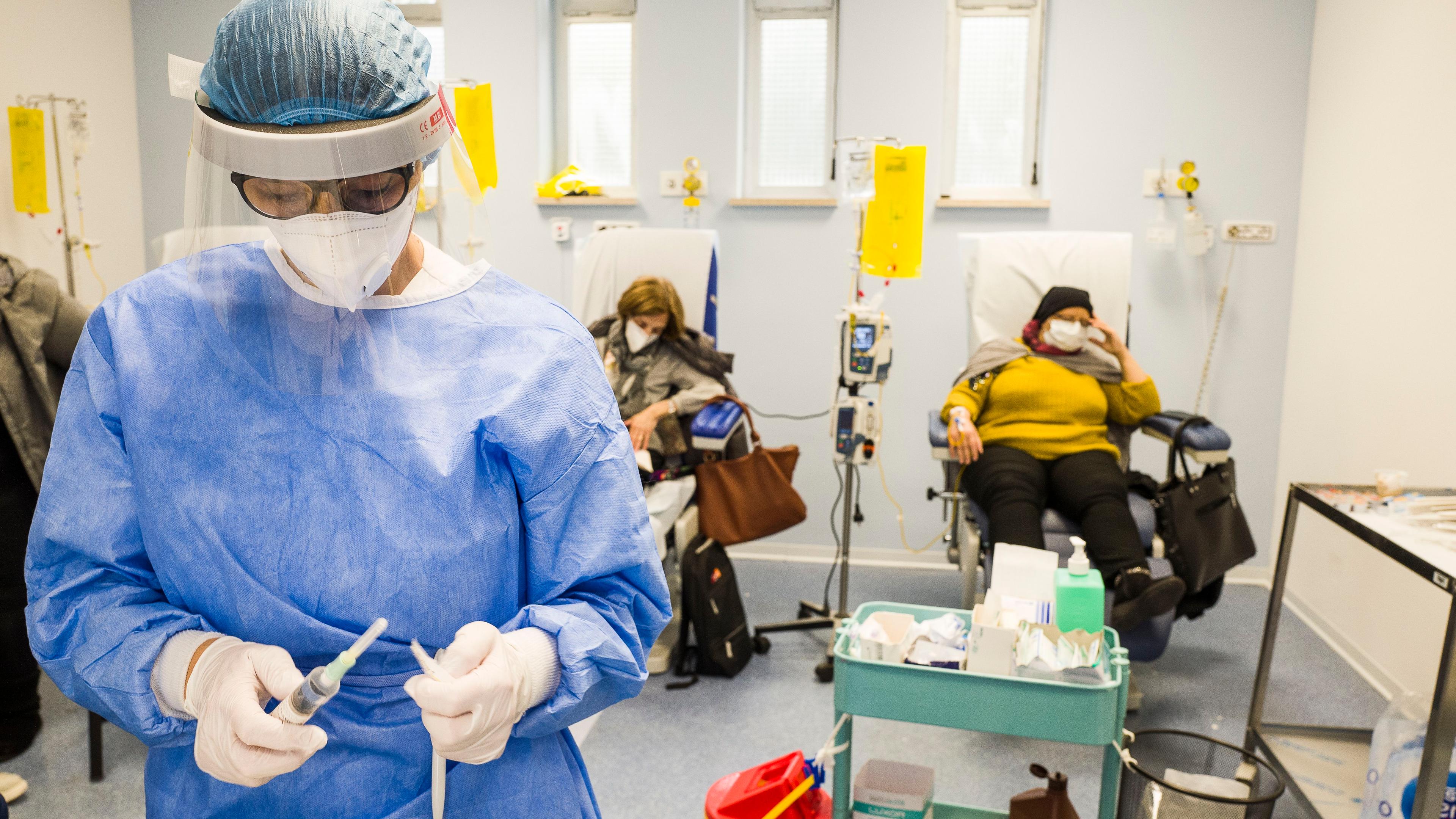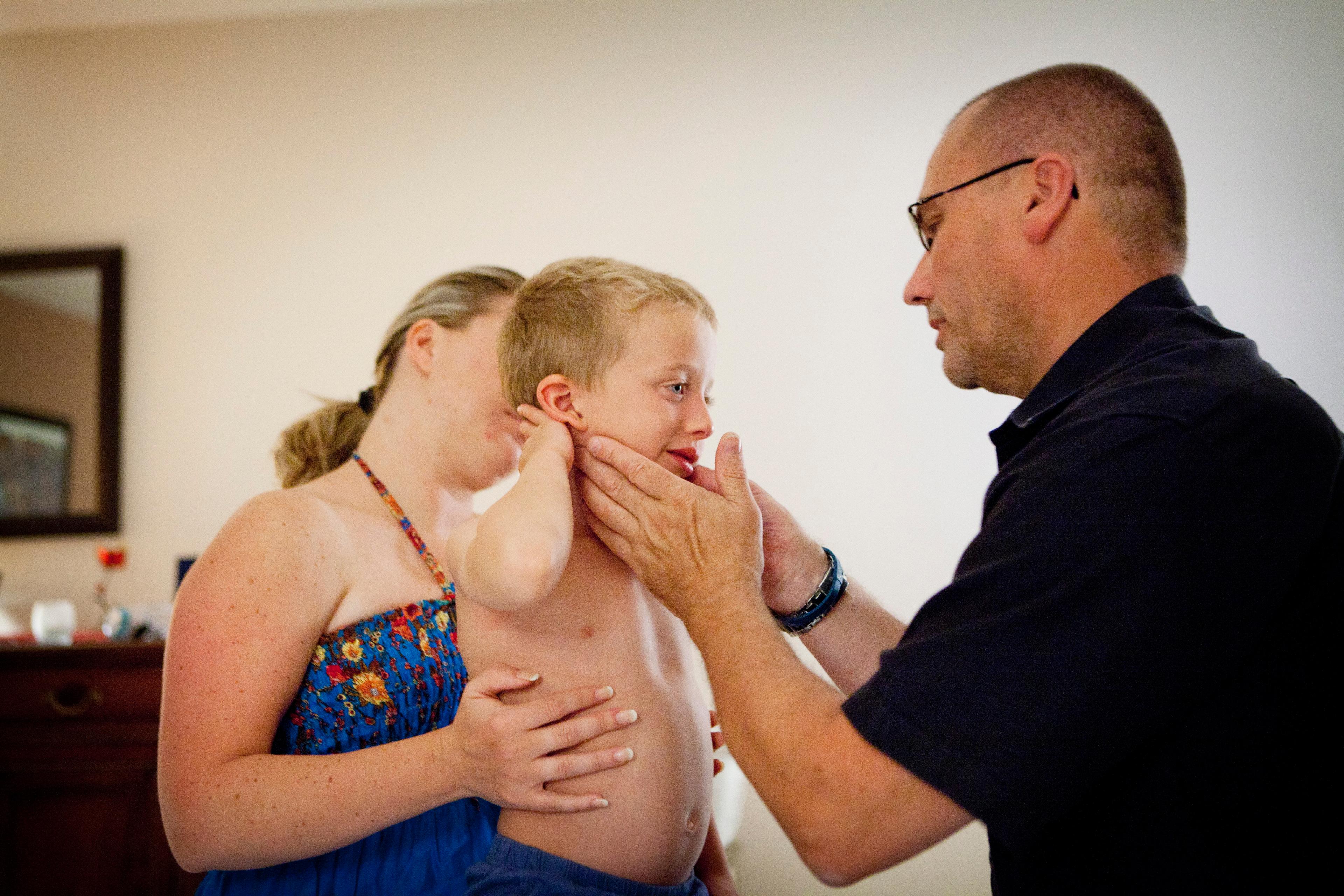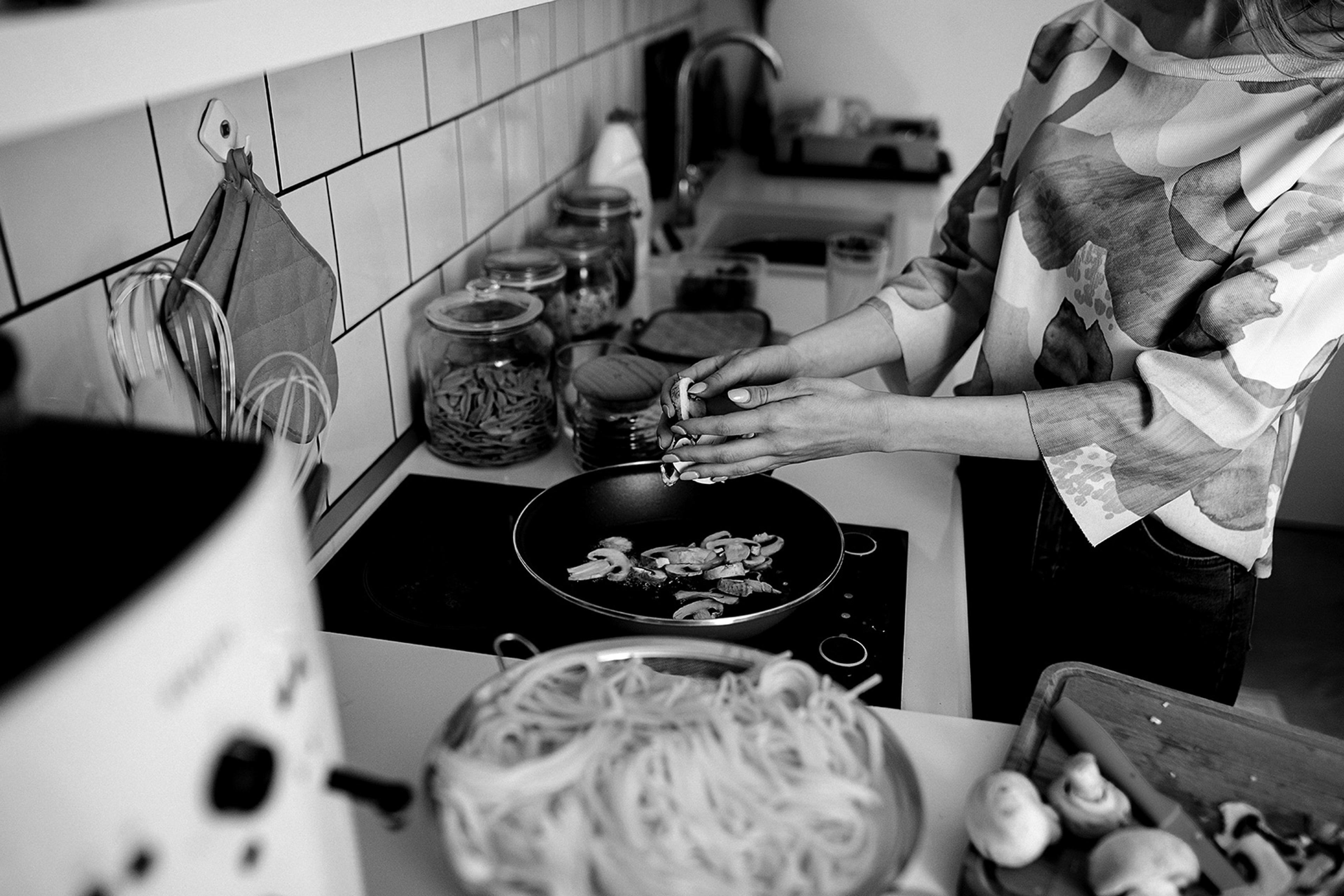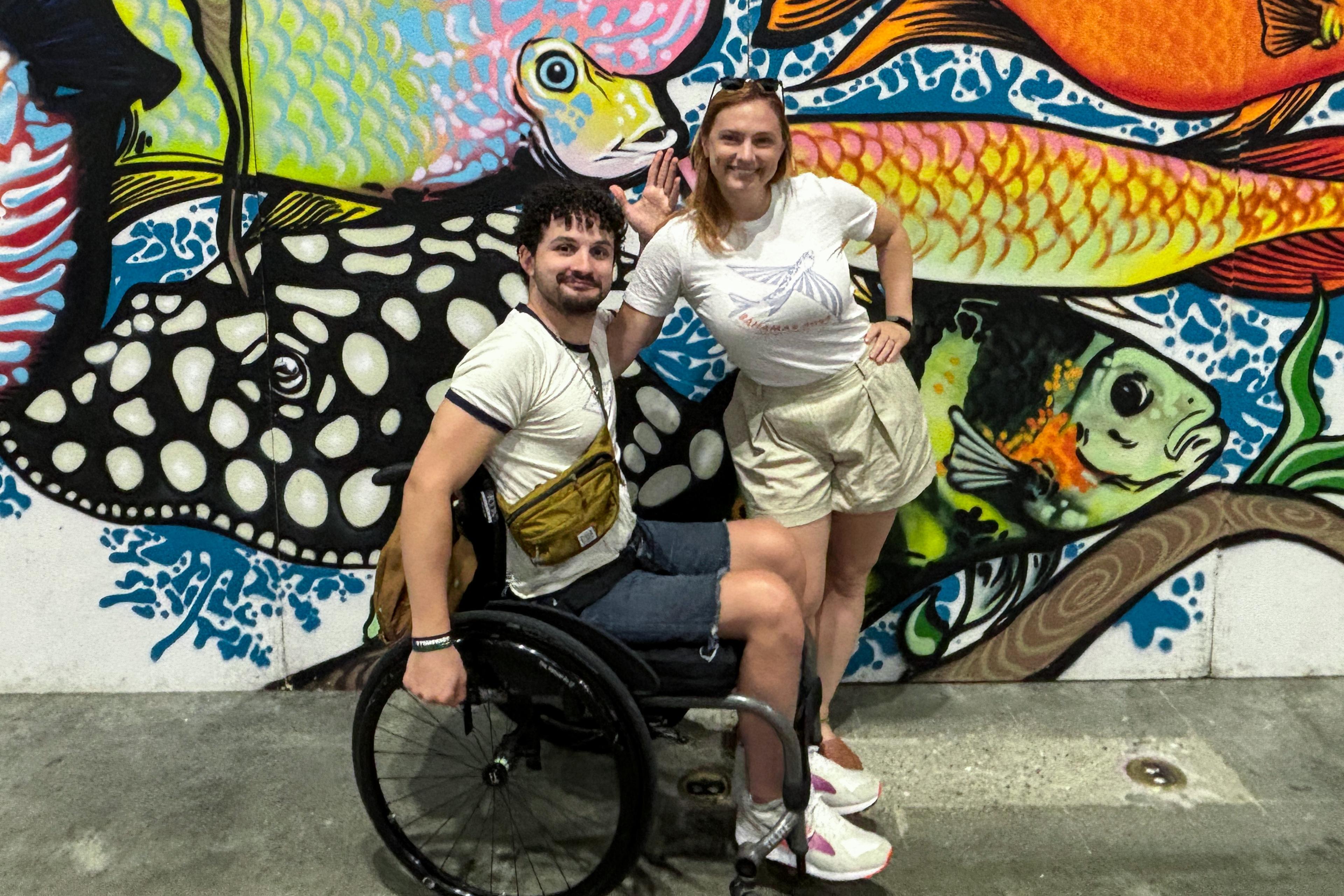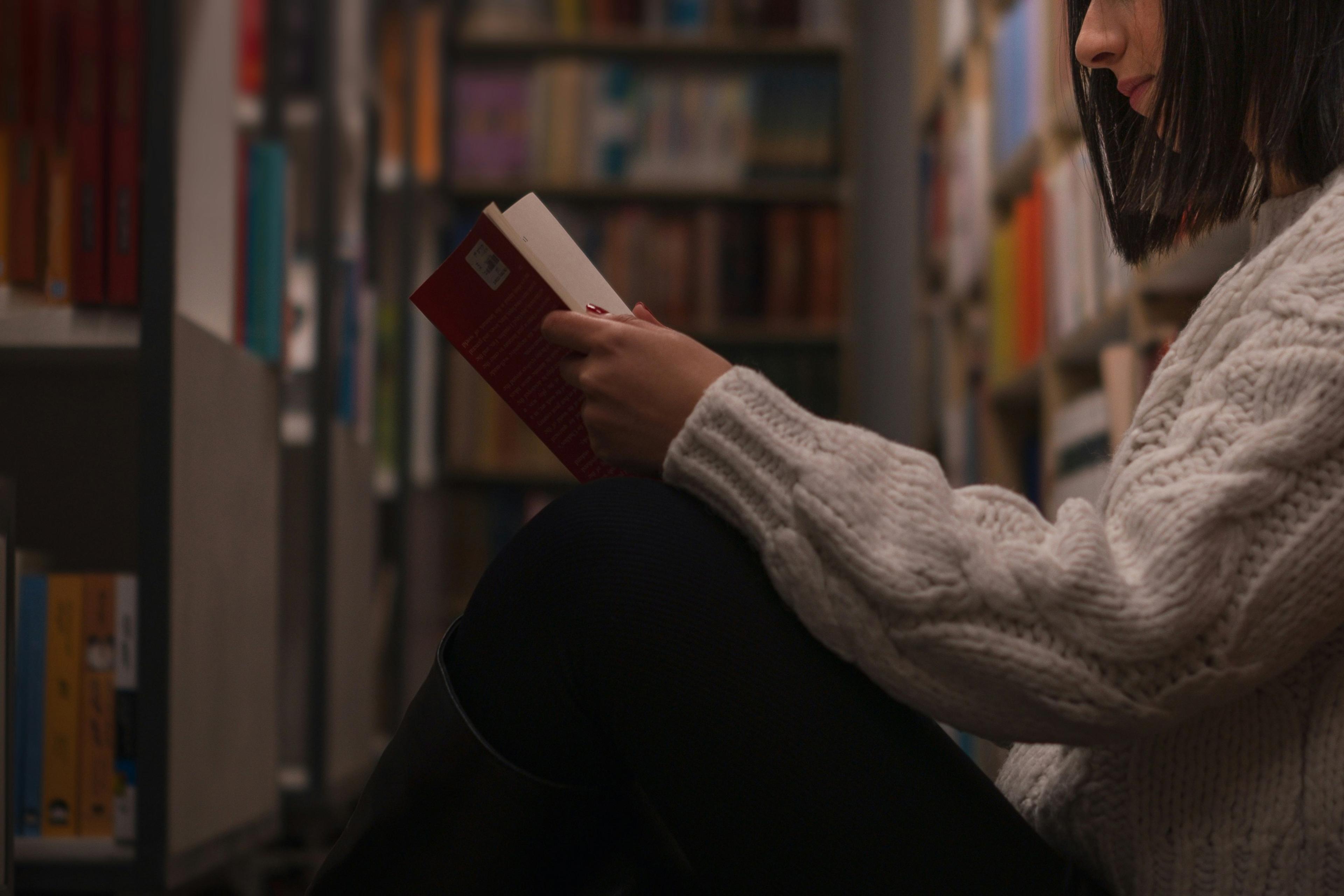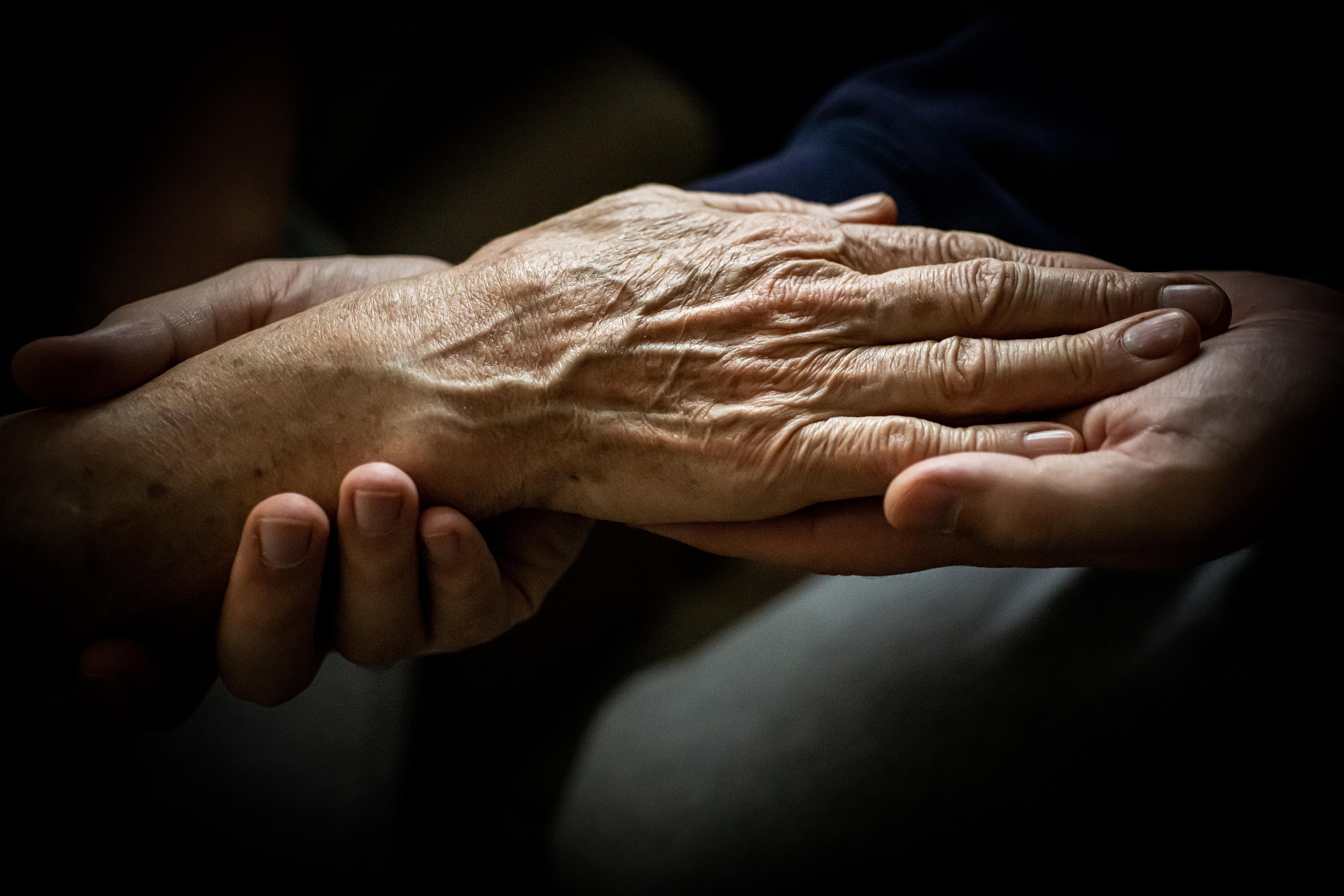Who cares? When picturing a caregiver, the person who comes to mind is almost invariably female. She is young (or young-ish). She looks healthy. She is usually in a uniform, the kind associated with nursing, to show that she is what she does. And she is never pictured alone, because what she does – caring – is defined by the relationship she has with the other people. In advertisements, textbooks and news reports, this ‘carer’ is pictured standing alongside a ‘cared-for’ person, who is usually seated and smiling up at their caregiver with gratitude. The carer smiles down upon them, reassuringly. Theirs is an asymmetrical relationship: the cared-for is vulnerable and has needs, while the carer is capable and needless.
I have felt burdened by the asymmetry of care. When I’ve become a caregiver in the past, on cancer wards in London and Cambridge, my vulnerability didn’t magically fly away. Yet the figure of the needless carer followed me. And it continues to dominate the ways we view those who care. But as we look longer at this figure, questions emerge: what might this carer need? What of her vulnerability?
In the influential book Caring: A Relational Approach to Ethics and Moral Education (2nd ed, 2013), the American philosopher Nel Noddings emphasises asymmetry through her definition of the two parties in a caring relationship: the ‘one-caring’ and the ‘cared-for’. The one-caring is characterised by their ‘engrossment’ in the interests of the cared-for and by ‘motivational displacement’, which arises when the carer puts aside or defers the pursuit of their own interests. Perhaps the most familiar example of this kind of relationship is a parent and their small child: if both parties are hungry, the child is fed first (or only the child gets fed). Parents forego a lot for small children, especially sleep.
For Noddings, the figure of carer is always engrossed. She is defined by the cared-for, by the uniform she wears, by the way she smiles at the vulnerable people she attends to. She is poised, ready to be needed; she is herself without vulnerability, and empty of need.
Now try thinking of another figure: the ‘vulnerable carer’. You may find it hard to imagine what on earth that could mean. I tried searching online for images using that term, but all I could find were photographs of the familiar asymmetrical relationship: a vulnerable person – the cared-for – pictured with their counterpart. The cared-for is clearly the one who possesses the vulnerability; the carers, again, are needless. The main difference is that the ‘vulnerable’ carers are less likely to be in uniform. They are the family members of vulnerable people – carers, not care workers. They haven’t chosen caring. It has happened to them. And there are untold millions of these accidental carers worldwide. An analysis of the UK’s 2011 Census by the Office for National Statistics showed that there were around 5.8 million (or one in 10) people in England and Wales providing unpaid care for a friend or family member. A US survey in 2015 found that approximately 43.5 million (one in around seven) people had been unpaid caregivers to an adult or child in the previous 12 months. I would assume that, since the onset of COVID-19, this number can only have increased.
In 2011, my mother died from a heart attack while being treated for lung cancer. I wanted to sit with her while she had chemotherapy, but the hospital said there was no room for family, for carers. Eight years later, after my husband was diagnosed with advanced metastatic prostate cancer, I was allowed into the chemo lounge with him, but there was no designated space for people like me – for partners, children, friends or whoever. If you wanted to sit beside your patient, close enough to touch, you needed to search for a chair or a stool and drag it over. But when the nurses came in to set up a procedure or make observations, you had to displace yourself (and the chair or stool) to give them room.
I missed my husband’s first chemo appointment. I had a cold, and the most caring thing you can do for cancer patients under those circumstances is keep away from them. So my first time was his second time. I pulled my chair out of the way and watched as the nurses began to hook him up again. ‘It’s just boring now,’ my husband said; ‘it’s fine.’ So I went to the bathroom. When I came back two minutes later, he was wearing an oxygen mask and surrounded by an even larger group of nurses. In shock, I cried out: ‘Oh, my God!’ and immediately felt bad that I had, for a moment, disrupted the expertly curated calm of the lounge.
One of the nurses had to detach herself and repair the calm by explaining to me that my husband was having a severe allergic reaction to the drug, but they’d caught it and he would be fine. His chemo was immediately stopped and restarted again, this time at a lower rate, following an infusion of antihistamine. The remaining treatments were slow, and I spent them filled with an anxiety that we both then had to manage. I asked my husband if it was helpful to have me with him. He said he didn’t need me but knew that, if I couldn’t see him, I would be more frantic, so it was better to have me here, for my sake. I became his vulnerable carer.
‘Vulnerable carer’ or ‘vulnerable caregiver’ is not a phrase you hear very often. But I’m not the only person to use it, or to be described by it. According to the authors of a paper published in the American Journal of Public Health in 2002, 36 per cent of surveyed caregivers were ‘suffering from poor health’ or had ‘a serious health condition’. They were vulnerable, too. But often their vulnerabilities are left out of the picture.
During the months of chemotherapy, when my husband’s treatment was at its most intense, and he was at his most debilitated, I managed things: I watched, I listened, I bought food, I served food, I fetched drinks, I took the bins out, I kept the house antiseptically clean, I chased prescriptions, I supported our son through his GCSEs, and sorted out my mother-in-law’s financial affairs. I left the room when my husband was obviously fed up of being watched. In other words, I cared, but when I measured myself against the figure of the needless, reassuring carer, I always felt that I came up shamefully short.
My husband finished his chemo. It did what it was supposed to do, and I no longer needed to pull over a chair to sit beside him. In the days of relative calm since then, with my husband back at work part-time, and his condition on a medicated plateau, I came across the London-based Australian writer Penny Wincer and her book Tender: The Imperfect Art of Caring (2020). I wished that I’d had it with me that first year of his illness. Caring has happened to Wincer more than once in her life. Using the term ‘human giver’ coined by the philosopher Kate Manne, Wincer describes the figure of the needless carer as obligated ‘to give their whole humanity’, the point being that you cannot both give your humanity and be it at the same time. In reality, as Wincer’s title suggests, we can be only imperfect givers, because humanity, with its needs, its vulnerabilities and its faults, is not something of which we can ever be fully emptied. A carer, says Wincer, need never be ashamed of needing care. And yet, we are. I was. Why is it so hard to learn to care and need care?
Large parts of Wincer’s book are given over to how – in the absence of anyone else – a carer might care for herself. Too often carers are isolated. When it comes to caring, we lack the imagination to think about how the wider environment – the socioeconomic fabric we are all enmeshed in – might help or hurt carers of all kinds. The American philosopher Eva Feder Kittay argues for ‘a public ethic of care based on the idea that we are all embedded in nested dependencies’ and that society has an ‘obligation and responsibility’ to support caring relations between people, whether that caring relation takes place in or outside a family, or between a client and a professional. We must learn to acknowledge the millions of ‘vulnerable carers’ among us, and learn how to acknowledge our needs and vulnerabilities when we become carers, too.
I was fortunate that our hospital housed a branch of the UK cancer charity Maggie’s, which exists to support cancer patients and their families. During my husband’s chemo months, I was able to see one of their counsellors, and he helped me manage my own vulnerability a little better than I might have otherwise. I had somewhere to go and be needy. Everyone should. But unacknowledged vulnerability will only increase as long as we define carers solely by their asymmetrical relationship to the people they care for – as the needless carers of needy patients.
When I think of the term ‘vulnerable carer’, I see an image of a face that kept appearing during the most frightening days of the pandemic: that of a doctor or nurse at a hospital, exhausted and sometimes weeping, with open wounds where their tight, rigid surgical masks had cut into their flesh. A portrait of vulnerability unmasked or, perhaps, of unacknowledged need. But for most vulnerable carers, the marks remain hidden.
